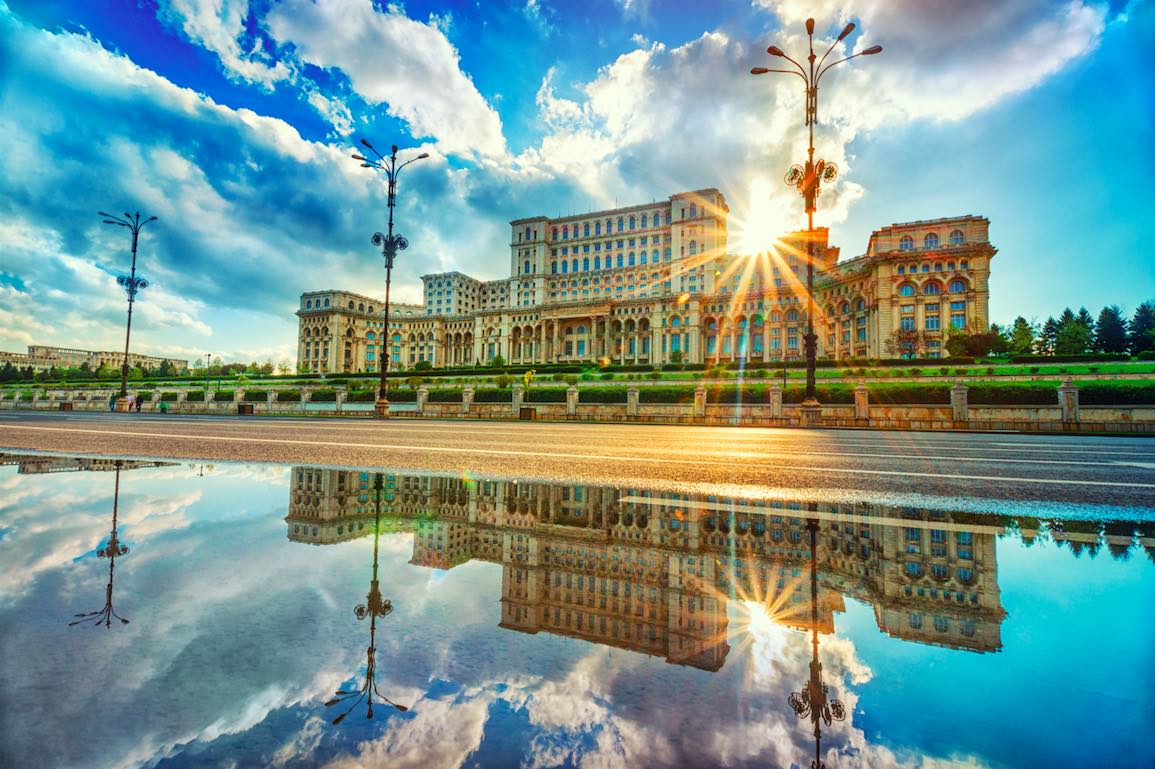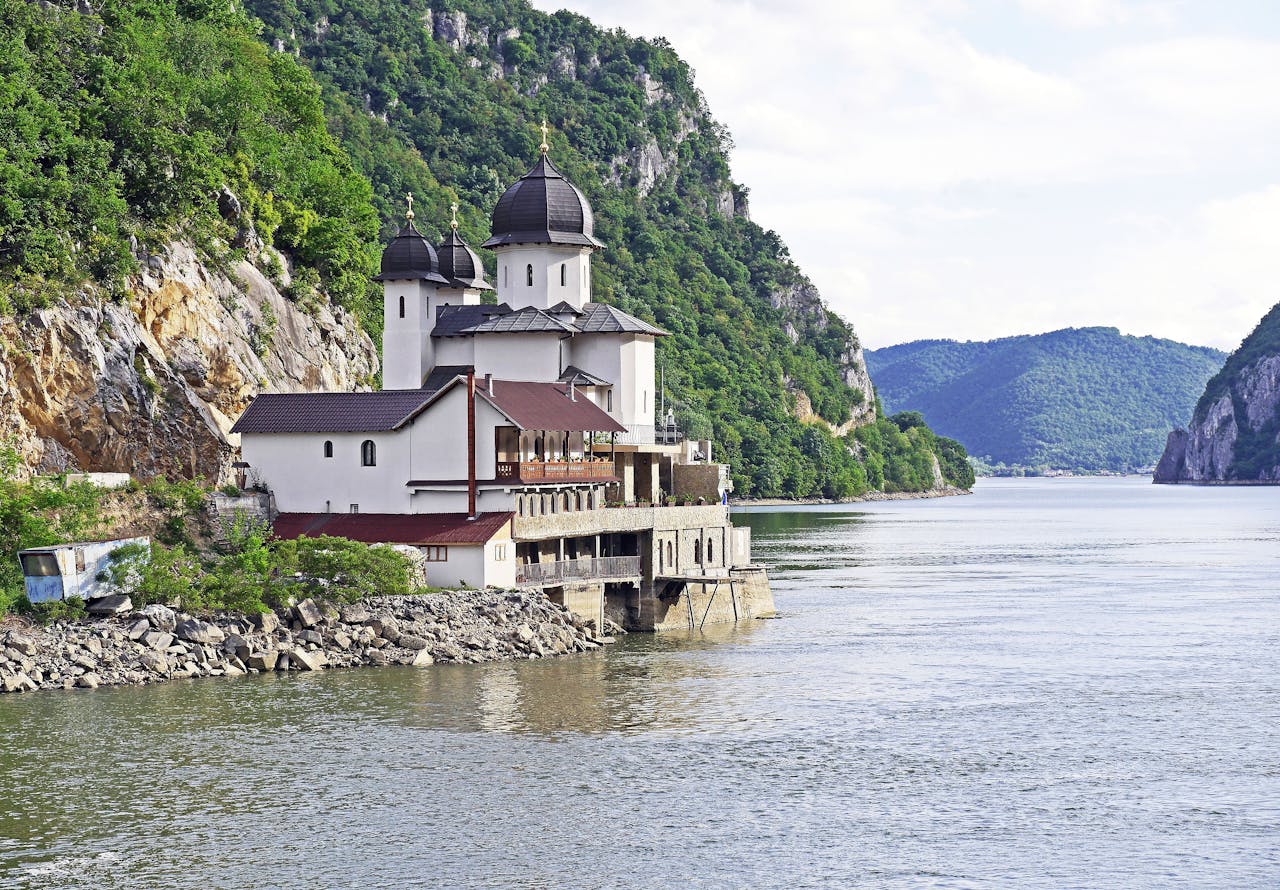Badania rynku w Rumunii

Market research in Romania offers a gateway to uncovering untapped opportunities and navigating the complexities of this dynamic economy.
Have you ever wondered how businesses thrive in Romania’s diverse market environment? Market research in Romania is critical to unraveling the unexplored issues behind consumer preferences, industry trends, and competitive dynamics.
What Is Market Research in Romania? Why Is It Important?
Market research in Romania studies the country’s economic environment, consumer behavior, industry trends, and competitive landscape. By conducting market research in Romania, businesses can understand the local market dynamics, including consumer preferences, purchasing behavior, market size, and growth potential. This knowledge allows companies to tailor their products, services, and marketing strategies to effectively meet the needs and expectations of Romanian consumers.
Furthermore, market research in Romania enables businesses to identify emerging trends, assess competitive threats, and explore new market opportunities. Market research is vital for informed decision-making and strategic planning, whether entering the Romanian market or expanding operations within the country.
Market research in Romania helps businesses identify untapped market opportunities and evaluate the competitive landscape. By analyzing competitor strategies, market positioning, and strengths/weaknesses, businesses can develop strategies to differentiate themselves and gain a competitive edge.
When to Conduct Market Research in Romania

Market research in Romania should be conducted before entering the Romanian market or expanding existing operations. Understanding market dynamics, consumer preferences, and competitive landscape before market entry allows businesses to develop tailored strategies and mitigate risks associated with market penetration.
Moreover, market research is essential for strategic planning, such as setting business objectives, defining target market segments, and allocating resources effectively. Conducting market research in Romania periodically enables businesses to stay abreast of market trends, anticipate changes, and adjust their strategies accordingly to remain competitive in the Romanian market.
This market research should include monitoring competitors’ activities, strategies, and performance in the Romanian market. By analyzing competitors’ strengths and weaknesses, businesses can identify opportunities for differentiation, benchmark their performance, and stay ahead of the competition.
Nasz aktualny przegląd rynku i rekomendacje
We believe the country presents a promising environment for businesses seeking growth opportunities. Romania’s economy has shown resilience in recent years, with steady GDP growth and increasing consumer spending driving market expansion across various sectors.
One notable trend in the Romanian market is the growing digitalization of industries, fueled by increased internet penetration and smartphone adoption rates. This trend presents opportunities for businesses to capitalize on the growing e-commerce market and leverage digital channels for marketing and sales.
Furthermore, Romania’s strategic location in Eastern Europe makes it an attractive destination for foreign investment and trade. The country’s membership in the European Union provides businesses access to a large market and favorable trade agreements, enhancing market entry and expansion opportunities.
However, despite the favorable market conditions, businesses operating in Romania face challenges such as regulatory complexity, bureaucratic hurdles, and infrastructure gaps. Navigating these challenges requires careful strategic planning and market intelligence to mitigate risks and capitalize on opportunities effectively.
Romania is an Emerging Economy with over 20 million people
Its capital is Bucharest. It has one of the largest financial and industrial centers in East Europe. Next to Bucharest, the leading industrial centers are Cluj, Timisoara, Brasov and Constanta.
Romania has traditionally been a country based on agriculture, employing around a third of the Romanian workforce. However, the focus shifted toward the secondary sector, which accounts for about one-third of the countries’ GDP and employment from heavy industries like automobile manufacturing, chemical production, and food processing.
Main Tourist Attractions in Romania

Romania is renowned for its picturesque landscapes, rich cultural heritage, and historical landmarks, making it a captivating destination for travelers. Here are seven of the most important tourist attractions in Romania:
- Bran Castle (Dracula’s Castle): Located near Brasov, Bran Castle is often associated with the legendary character Count Dracula and is one of Romania’s most iconic landmarks. This medieval fortress offers visitors a glimpse into Romania’s medieval history and folklore.
- Peles Castle: Situated in the Carpathian Mountains near Sinaia, Peles Castle is a stunning example of Neo-Renaissance architecture. Built in the late 19th century, the castle features intricate woodcarvings, ornate furnishings, and beautiful gardens, attracting tourists worldwide.
- Danube Delta: Europe’s largest wetland and biosphere reserve, the Danube Delta, is a haven for biodiversity and natural beauty. Visitors can explore the delta’s labyrinth of waterways, marshes, and wildlife habitats, home to a diverse array of flora and fauna, including rare bird species.
- Sighisoara Citadel: Sighisoara Citadel is a well-preserved medieval town in Transylvania known for its cobblestone streets, colorful buildings, and historic landmarks. It is also the birthplace of Vlad the Impaler, the inspiration for Bram Stoker’s Dracula.
- Palace of the Parliament: In the heart of Bucharest, the Palace of the Parliament is an imposing structure that ranks as one of the largest administrative buildings in the world. Visitors can take guided tours to explore its opulent interiors, grand halls, and impressive architecture, reflecting Romania’s communist era.
Key Industries in Romania
Romania boasts a diverse economy with several key industries driving growth and innovation across various sectors. Here are some of the prominent industries in Romania:
Rolnictwo i Agrobiznes: Romania has a rich agricultural heritage and vast arable land, making agriculture a vital sector of the economy. The country produces various agricultural products, including grains, fruits, vegetables, and livestock, and exports agricultural goods to international markets.
Energy and Renewable Resources: Romania has significant energy resources, including coal, natural gas, and hydroelectric power. In recent years, a growing focus has been on renewable energy sources such as wind, solar, and biomass, driving investments in the renewable energy sector.
Pharmaceuticals and Healthcare: Romania’s pharmaceutical industry is experiencing steady growth, driven by increasing demand for healthcare products and services. The country has a well-developed healthcare infrastructure and a growing market for pharmaceuticals, medical devices, and healthcare technologies.
Turystyka i Gościnność: Romania’s rich cultural heritage, scenic landscapes, and historical landmarks make it a popular tourist destination. The tourism and hospitality industry encompasses hotels, restaurants, tour operators, and cultural attractions, contributing significantly to the country’s economy.
Manufacturing and Industrial Production: Romania has a strong manufacturing base, with industries producing machinery, textiles, chemicals, and consumer goods. The manufacturing sector benefits from Romania’s strategic location, skilled workforce, and access to European markets.
Leading Players in Romania
In Romania, several leading companies and brands dominate various industries, contributing to economic growth and competitiveness. Here are some of the prominent players in Romania:
Automotive Industry: Dacia, a subsidiary of Renault Group, is a major player in the Romanian automotive industry. Its manufacturing facility in Mioveni produces a range of vehicles. The company is known for its affordable and reliable cars, catering to domestic and international markets.
Rolnictwo i Agrobiznes: Agricover is a leading agribusiness company in Romania, providing integrated agricultural solutions and services to farmers nationwide. The company offers various products, including seeds, fertilizers, crop protection, and agricultural machinery.
Energy and Renewable Resources: Hidroelectrica is Romania’s largest electricity producer, operating a portfolio of hydropower plants nationwide. The company plays a significant role in the Romanian energy market, contributing to generating clean and renewable energy.
Turystyka i Gościnność: Radisson Blu, a globally recognized hotel brand, operates several upscale hotels in key cities and tourist destinations across Romania. The brand is known for its high-quality accommodations, exceptional service, and diverse amenities for business and leisure travelers.
Manufacturing and Industrial Production: OMV Petrom is the largest integrated oil and gas company in Romania, involved in the exploration, production, refining, and marketing of petroleum products. The company operates oil and gas fields, refineries, and petrochemical plants, contributing significantly to Romania’s industrial sector.
A Growing Economy

Romania has an emerging upper-middle income market-oriented economy. It is considered a middle-income economy in the EU.
During the first years of this decade, when the Romanian economy experienced high economic growth rates and fast development, it was often called a “Tiger” to represent its economic vigor before the Global Financial Crisis.
Changing Business Environment
The Romanian government improved its competitiveness. Labor and market reforms since the mid-1990s have accelerated the growth of the middle class and helped reduce poverty.
Maintaining Romania’s openness to global business and the efficiency of business regulations that promote entrepreneurial behavior have also facilitated the changes made toward achieving an open market economy.
Romania has abundant agricultural land, industrial development, and natural energy sources. The economy also aims to expand tourism development on the Black Sea and the Carpathian Mountains, targeting tourists.
Lokalizacja naszego obiektu w Nowym Jorku
11 E 22nd Street, piętro 2, Nowy Jork, NY 10010 T: +1(212) 505-6805
O firmie SIS International
SIS Międzynarodowy oferuje badania ilościowe, jakościowe i strategiczne. Dostarczamy dane, narzędzia, strategie, raporty i spostrzeżenia do podejmowania decyzji. Prowadzimy również wywiady, ankiety, grupy fokusowe i inne metody i podejścia do badań rynku. Skontaktuj się z nami dla Twojego kolejnego projektu badania rynku.


